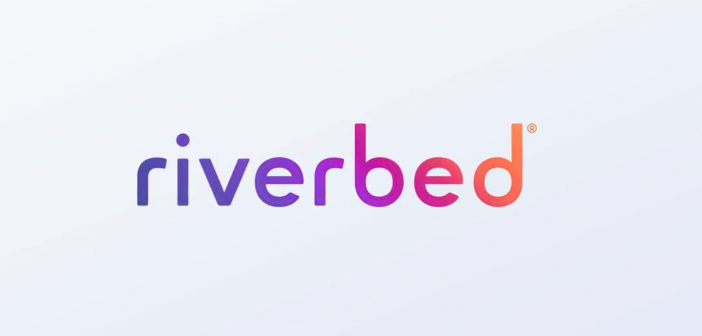Mena Migally, Regional Vice President – Emerging EMEA at Riverbed
The growing popularity of digital banking is evidenced by the tremendous growth in the number of installs and the volume of purchases made on finance apps. Recent data from AppsFlyer has found that finance app installs grew an incredible 183% in H1 2022 compared to H1 2021, while in-app purchases for this category grew nearly threefold over the same period. It’s no surprise then that we’re seeing more traditional banks adapting their services to meet customer demands, such as investing in new digital banking platforms and providing sustainable offerings and digital currency conversions that are easier to use.
While traditional banks are delivering more digital services, they are all heavily promoting their ‘Neo Banking’ alternatives in a bid to attract new customers thanks to their greater flexibility, instant access to cash, and helpful budgeting and cost-cutting tools.
As a result, traditional banks are finding it increasingly challenging to stave off the competition. Not least because moving and innovating at pace is hard for older, larger, international institutions that often have more integrated, complex systems and networks. To put themselves back in the race, they must maintain a high-performance capability across international locations and deliver a seamless, end-to-end customer experience. All while delivering the service innovation that will wow customers.
To achieve this goal, banks need to have observability into all the data across their networks, applications, and end-users to provide actionable insights for the business. It will be instrumental in providing struggling IT teams with a holistic view of their entire ecosystem to identify and resolve complex issues for seamless digital experiences. It will also help banks offer more streamlined and flexible services.
Improving digital service offerings
There is a growing demand for more involved functions to be fully delivered over smart devices and laptops. At present, customers are unable to deposit cheques or money remotely. Similarly, they have to go into a branch to put their signature on a loan. To better serve customers and their evolving needs, banks need to find ways to deliver these services remotely. Developing the right partnerships with technology vendors will be key to this. As an example, DocuSign could be embedded into mobile apps to resolve the signature challenge.
Establishing strong partnerships will also be vital for the personalization of services, which will help traditional banks deliver superior customer experiences and build trust and loyalty. The first step in achieving more tailored offerings is for financial institutions to move towards becoming data companies. In other words, harnessing the information they have about end-users to create more helpful services.
Gaining control over more complex ecosystems
As banks evolve, they will inevitably become more technologically complex. Without unified observability over their entire ecosystems, this could result in myriad network and application performance challenges that would see their new services fall far short of the mark.
Leading the charge to the future of finance
Challenger banks may have had a head start when it comes to digital transformation and moving the dial on customer experience over the past couple of years. However, this needn’t continue to be the case. By embracing unified observability, traditional banks can empower themselves to deliver the digital, personalized services that customers are craving. Not only will this improve brand loyalty and attract new clients, it will also facilitate better personal financial management amid rising living costs. The future of finance is coming, and traditional banks have the power to lead the charge.


 Middle East Banks Need Unified Observability to Deliver Ace Customer Experience and Drive Growth
Middle East Banks Need Unified Observability to Deliver Ace Customer Experience and Drive Growth